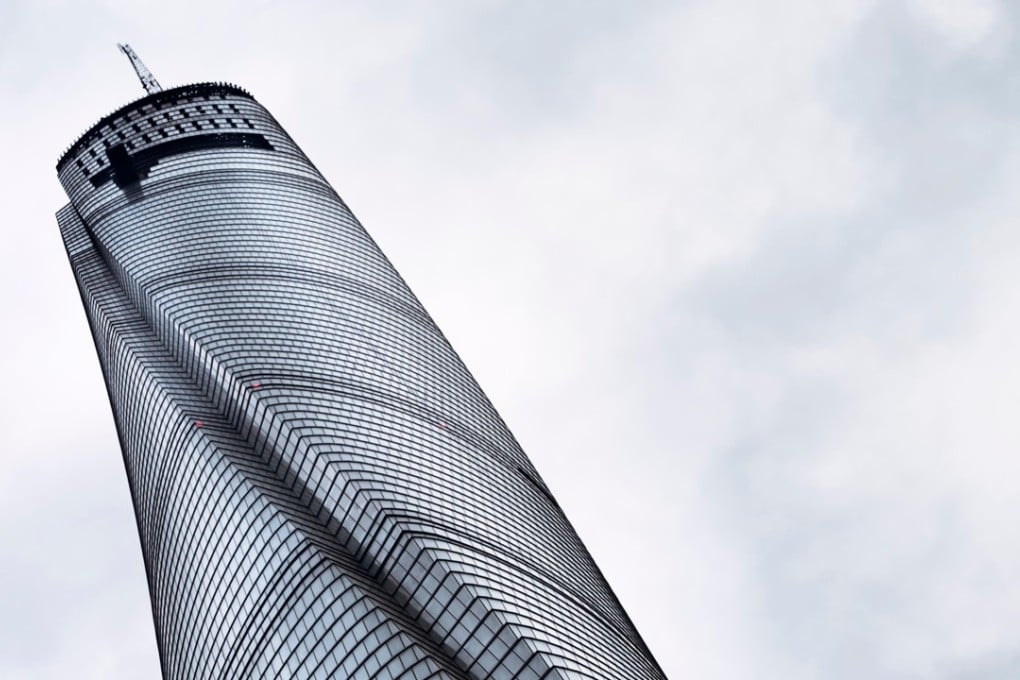How Shanghai Tower has paid the price of China’s quest for height
The world’s second-tallest building has failed to attract big multinationals to set up their offices and was reportedly half empty until this year

Twisting more than 600 metres into the sky like a giant corkscrew, Shanghai Tower is not just a remarkable feat of engineering but a symbol of the city’s rise to become one of the planet’s major financial hubs.
A testament to lofty ambition it may be, but until recently the glossy facade of China’s tallest building hid an interior that was by most estimates half empty. And those floors that were occupied were reportedly leased almost exclusively to domestic companies.
The big multinationals the tower had originally sought to attract were nowhere to be seen.
Since the beginning of 2018 – four years after the last beam was placed atop the building – there has finally been a surge in occupancy as more local businesses attracted by the tower’s status value entered lease agreements, hoping their prestigious address would impress clients and give them the right image.
But that has only taken the occupancy rate to about 80 per cent, and global conglomerates are still few and far between.
Some observers believe the Shanghai Tower’s failure to act as a magnet for large multinational firms, and its generally low occupancy rates, stem from the inevitable inefficiencies of a government-led vanity project. The sheer size and complexity of such an ambitious venture would have required the project management expertise of a private developer is the commonly held view.
But with so much at stake in a world where a financial centre’s reputation is often closely linked to the height of its tallest skyscraper, such an important undertaking was never going to be placed in the hands of the private sector.